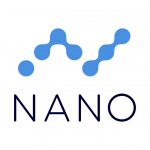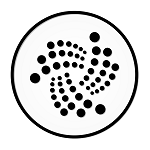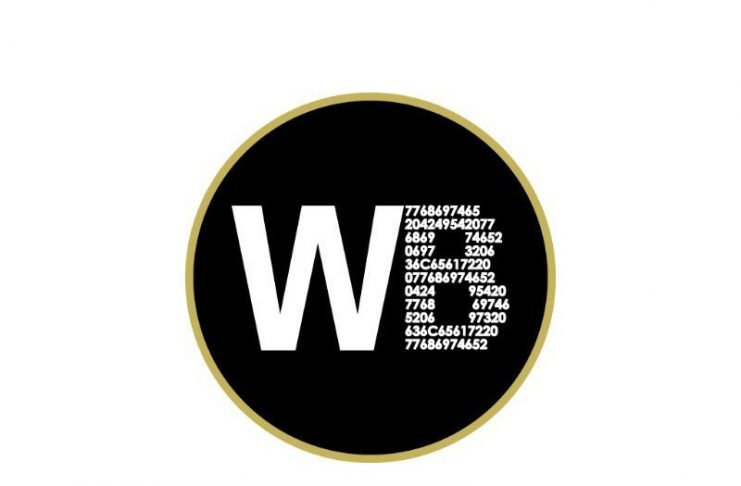In the world of cryptocurrencies, transaction fees play an integral role. Miners processing transactions are awarded these fees in return for their support of the network. Over the past year and a half, two currencies have emerged which get rid of the fees models completely. Both IOTA and NANO pride themselves on removing transaction fees from the network altogether. This article will compare IOTA vs NANO and go over how they work.
#2 NANO

This particular currency has been quite interesting to keep an eye on. Since the rebranding from Raiblocks to NANO, the currency has gained a lot of traction in quick succession. It is a very popular currency in Venezuela these days, primarily because of how NANO makes it a bit easier to send and receive money. The removal of transaction fees especially plays an integral role in this regard.
Maintaining this zero-fee concept is not all that easy or straightforward. More specifically, Nano uses a very different algorithm compared to most major cryptocurrencies. The developers purposefully opted for a lightweight solution, which also makes the costs of running a node nearly zero. All transactions are fee-free and can be fitted within one UDP packet.
Most experts would wonder how this affects the NANO blockchain and its potential bloat. In the case of this currency, NANO processes every single transaction independently. This removes the need for block size scaling, as transactions are simply handled on an as-they-come basis, rather than in batches every X minutes. An interesting model which seems to work quite well for this currency.
#1 IOTA

Most cryptocurrency enthusiasts will know what IOTA is all about as of right now. This project aims to make the Internet of Things a lot more robust, however it remains to be seen what kind of real-world impact one can expect from this particular venture. Another interesting aspect of IOTA is how it has impacted the cryptocurrency industry over the past few months.
Similar to NANO, IOTA uses a zero-fee transaction model. This seems to work quite well for this particular project. Moreover, it is an important aspect of dealing with IoT transactions moving forward. Machine-to-machine communication needs to be both cheap and efficient at all times. IOTA is working on ensuring that will happen in this regard.
By not utilizing a traditional blockchain solution, IOTA can effectively ensure these fee-free transactions can be processed easily. The Tangle, a technology powering the entire IOTA ecosystem, gives an order to transactions awaiting completion. Every transaction being broadcasted needs to verify two previous transfers. As such, users pay a small bit of electricity to send money on the network, but there is no official “transaction fee.”
Which cryptocurrency you prefer? Nano or IOTA? Tell us why in the comments section below!
Image(s): Shutterstock.com




